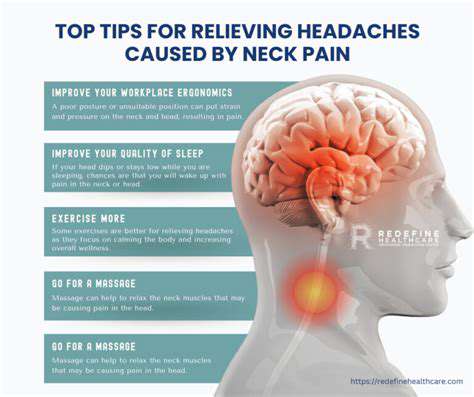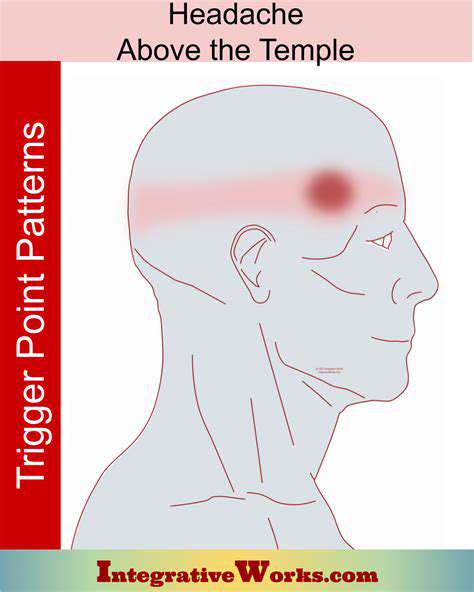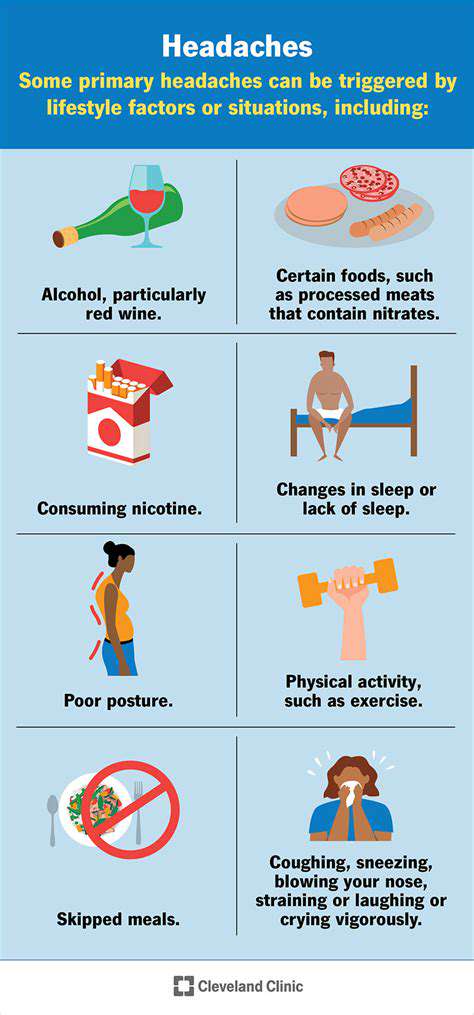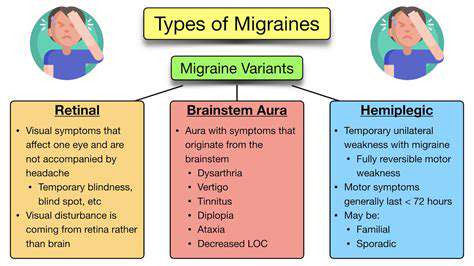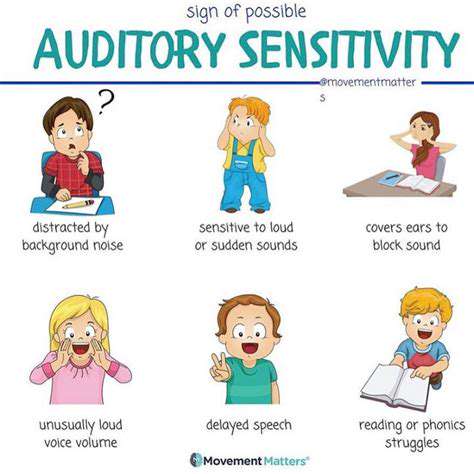Combining Acute and Preventive Migraine Therapies
Preventive Migraine Therapies: Long-Term Strategies for Reduced Frequency
Dietary Modifications for Migraine Prevention
Adopting a migraine-friendly diet can significantly reduce the frequency and severity of attacks. This involves identifying and eliminating trigger foods, such as aged cheeses, processed meats, chocolate, caffeine, and alcohol. Focusing on a balanced diet rich in fruits, vegetables, and whole grains can help stabilize blood sugar levels, which are often implicated in migraine triggers. Furthermore, staying hydrated by drinking plenty of water throughout the day can also contribute to overall well-being and potentially reduce the risk of migraine episodes.
Maintaining a consistent meal schedule and avoiding skipping meals is crucial. Large gaps between meals can lead to fluctuating blood sugar levels, increasing the likelihood of a migraine attack. Paying attention to portion sizes and choosing nutrient-dense foods can also support overall health and contribute to migraine prevention.
Stress Management Techniques for Migraine Relief
Chronic stress is a significant migraine trigger for many individuals. Implementing stress management techniques can be a cornerstone of long-term migraine prevention. Practices like mindfulness meditation, deep breathing exercises, and yoga can help calm the nervous system and reduce stress hormones, ultimately decreasing the likelihood of migraine attacks.
Regular exercise is also a powerful stress reliever and can have a positive impact on migraine prevention. Physical activity releases endorphins, which have mood-boosting effects and can help mitigate stress-related triggers.
Lifestyle Adjustments for Migraine Prevention
Establishing a regular sleep schedule is vital for migraine prevention. Getting sufficient sleep and maintaining consistent wake-up and bedtimes can help regulate the body's natural rhythms and reduce the risk of migraine episodes. Adequate sleep allows the body to repair and restore, contributing to overall well-being and potentially decreasing migraine triggers.
Sleep Hygiene and Migraine Frequency
Maintaining good sleep hygiene practices is crucial for migraine sufferers. This includes creating a relaxing bedtime routine, ensuring a dark and quiet sleep environment, and avoiding caffeine and alcohol before bed. Creating a conducive sleep environment, with a comfortable mattress and pillows, can significantly improve sleep quality and contribute to migraine prevention.
Biofeedback and Relaxation Techniques
Biofeedback therapy can be a valuable tool in migraine prevention. This technique helps individuals become more aware of their body's physiological responses, such as muscle tension and heart rate. By learning to control these responses, individuals can manage stress and potentially reduce the frequency of migraine attacks. Relaxation techniques like progressive muscle relaxation and guided imagery can also be incorporated into a comprehensive migraine prevention strategy.
Trigger Identification and Avoidance
Identifying personal migraine triggers is an essential step in developing a long-term prevention strategy. Keeping a detailed migraine diary, noting the time of onset, potential triggers, and accompanying symptoms, can help pinpoint patterns and triggers. Identifying specific triggers like certain foods, smells, weather changes, or stress factors allows for proactive avoidance strategies to minimize future attacks. This personalized approach can significantly reduce the frequency of migraine episodes.
Regular Healthcare Monitoring and Professional Guidance
Regular check-ups with a healthcare professional are essential for managing migraines and developing a comprehensive prevention plan. Discussing individual circumstances and potential triggers with a doctor or other healthcare provider is crucial. Professionals can provide tailored recommendations for lifestyle adjustments, medication options, and therapies, ensuring that the prevention plan is personalized and effective. This ongoing monitoring allows for adjustments to the plan as needed.
Integrating Acute and Preventive Approaches for Optimal Results
Understanding the Synergy of Acute and Preventive Measures
Integrating acute and preventive approaches is crucial for achieving optimal health outcomes. This holistic strategy acknowledges that addressing immediate issues (acute care) while simultaneously preventing future problems (preventive care) creates a powerful synergy. By focusing on both the immediate crisis and the underlying factors contributing to it, we can move beyond simply reacting to problems and proactively work towards a healthier future. This approach is particularly effective in chronic disease management and injury prevention.
Prioritizing Early Intervention for Acute Conditions
Early intervention in acute conditions is paramount for positive patient outcomes. This includes timely diagnosis, appropriate treatment, and supportive care to minimize the impact of the immediate crisis. Effective early intervention often involves a multidisciplinary approach, bringing together specialists from various fields to address the multifaceted nature of the problem. Rapid access to advanced diagnostics and personalized treatment plans are essential elements of this strategy. This approach not only improves patient recovery but also reduces the long-term consequences of acute illnesses.
Proactive Prevention Strategies for Long-Term Well-being
Preventive care focuses on identifying and mitigating risk factors to prevent future acute events or exacerbations of existing conditions. This can involve lifestyle modifications, vaccinations, routine screenings, and education on healthy habits. Proactive measures often incorporate patient education and empowerment, enabling individuals to take an active role in their own health management. This approach fosters a sense of responsibility and empowers individuals to make informed choices that promote long-term well-being.
The Interplay Between Acute and Preventive Care
The interplay between acute and preventive care is vital. Effective preventive strategies often minimize the need for acute interventions. By addressing the root causes and promoting healthy habits, we can reduce the frequency and severity of acute health problems. For example, promoting healthy diets and regular exercise can prevent the development of chronic diseases, thereby reducing the need for acute treatments for complications. Preventive care forms the foundation for a resilient healthcare system able to effectively manage acute crises.
Optimizing Resource Allocation and Patient Outcomes
Integrating acute and preventive approaches optimizes resource allocation in healthcare systems. By proactively addressing risk factors and preventing illnesses, we can reduce the burden on emergency services and costly acute care treatments. This integrated approach leads to improved patient outcomes, reduced long-term care needs, and increased overall efficiency in healthcare delivery. A holistic approach that combines evidence-based prevention with effective acute response strategies ultimately leads to a more sustainable and cost-effective healthcare system.

